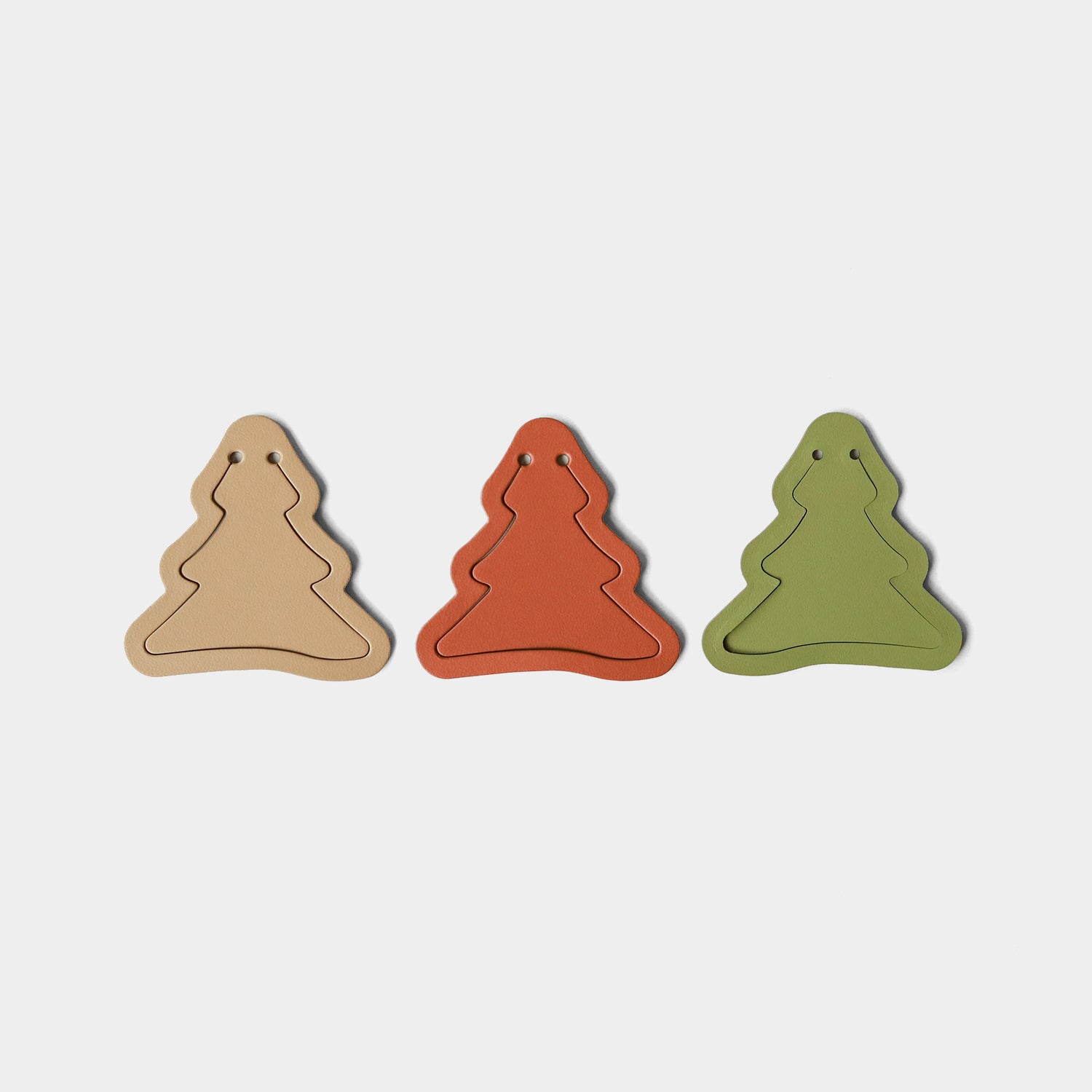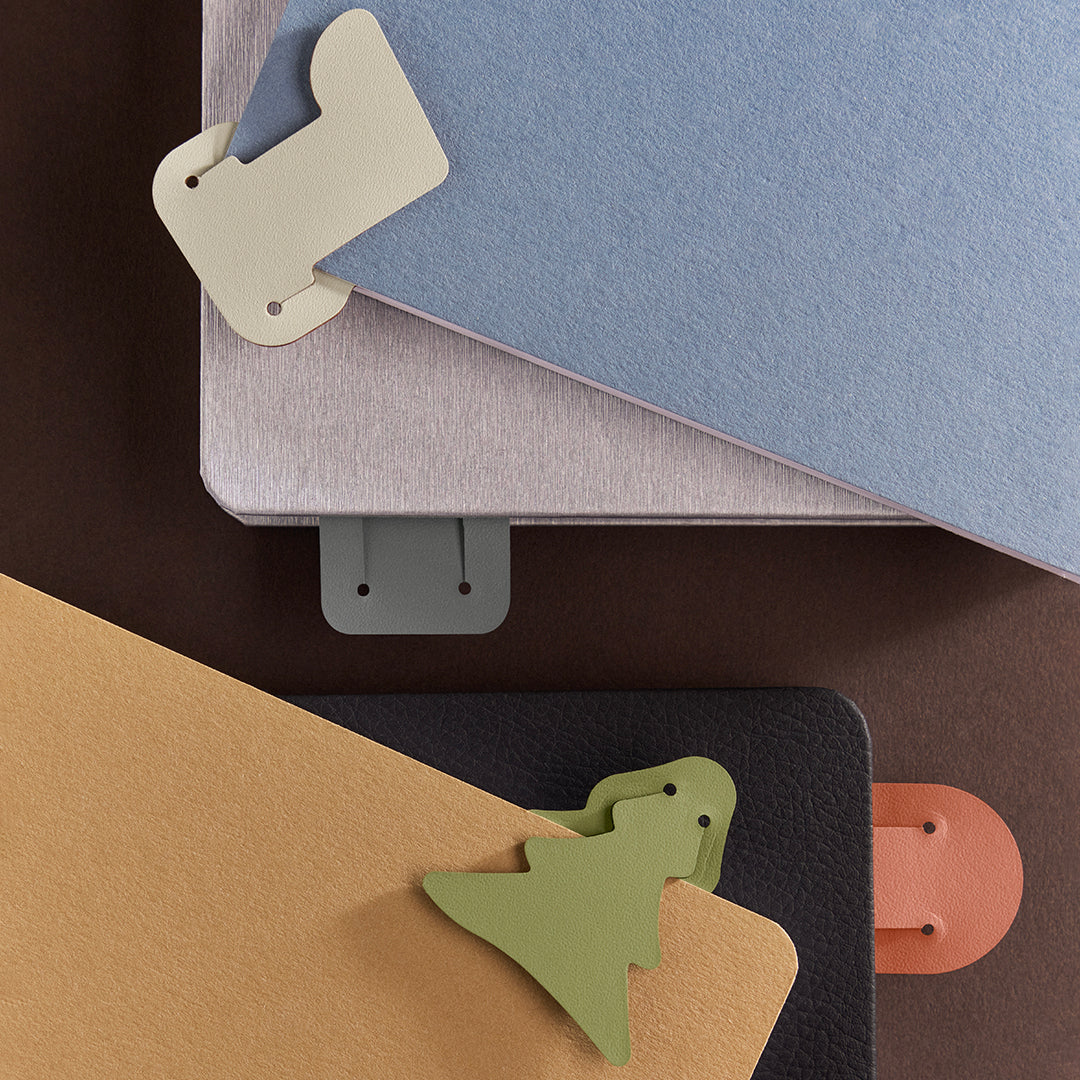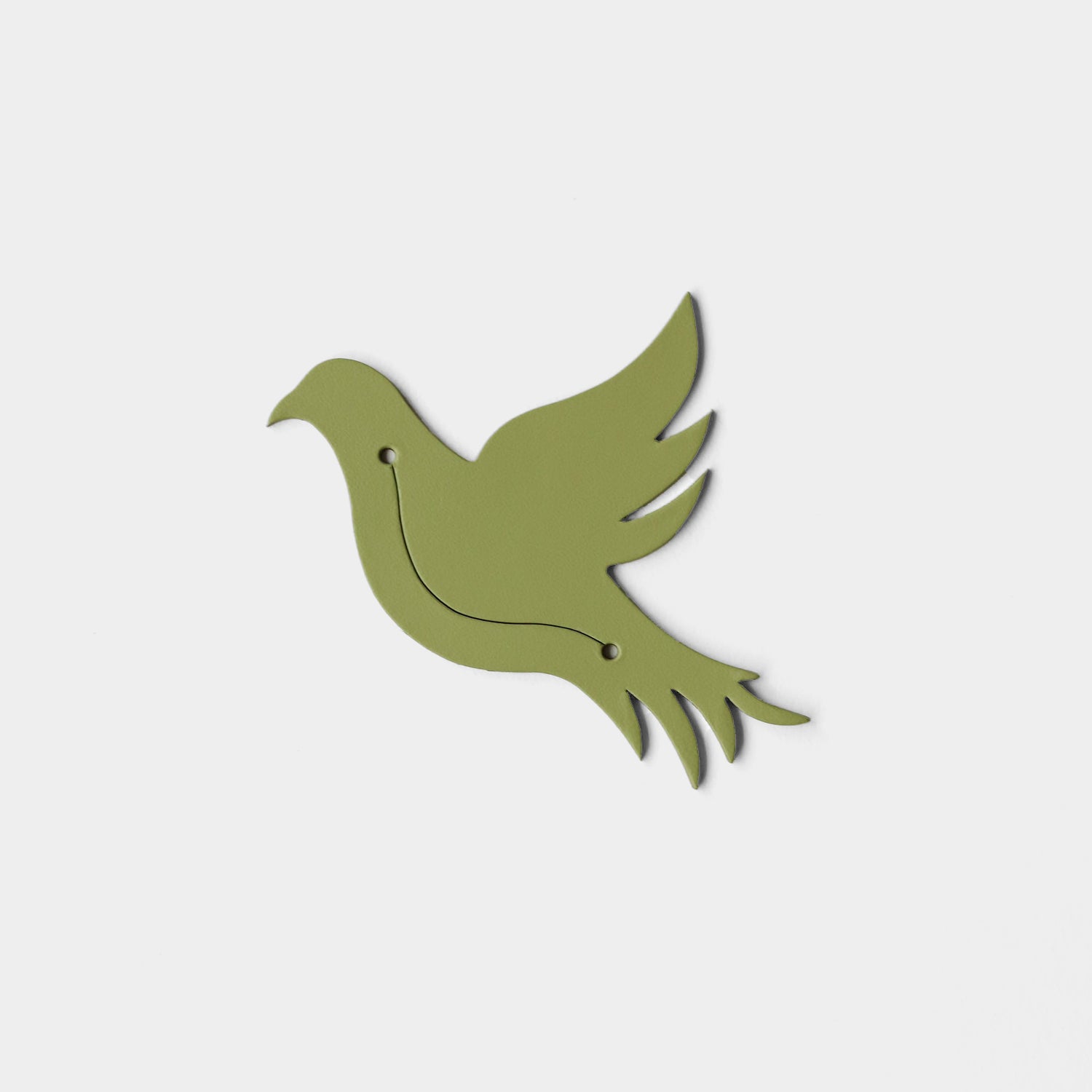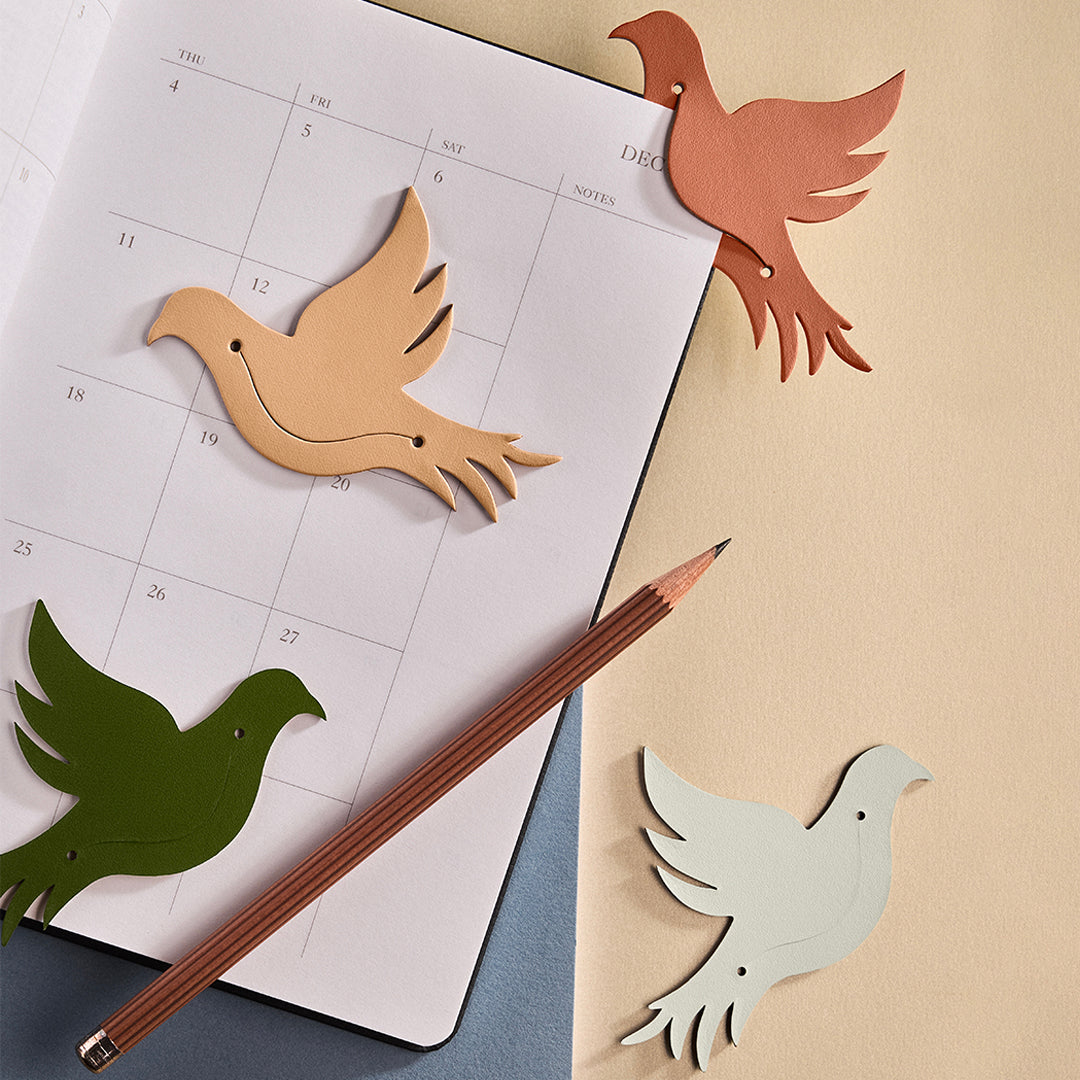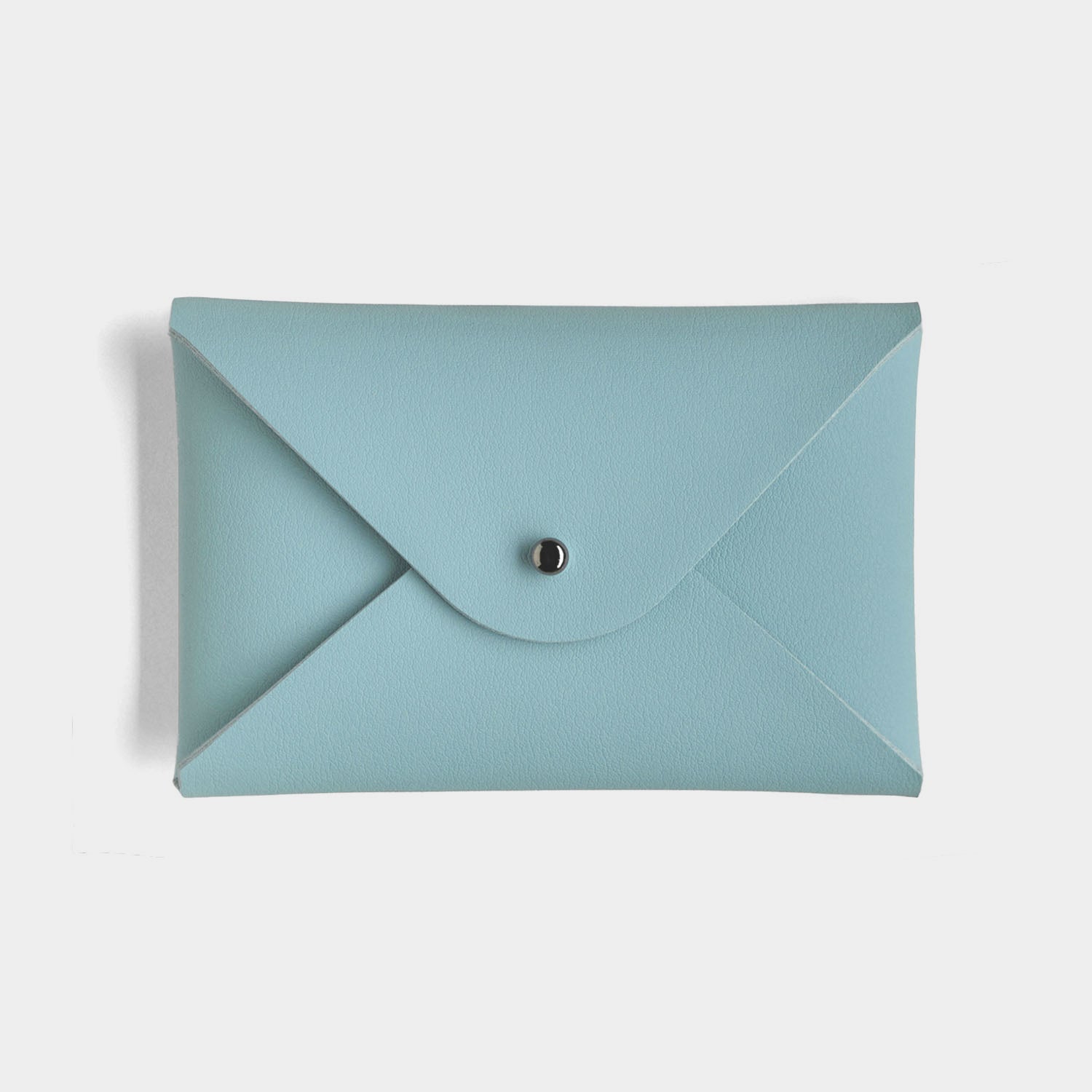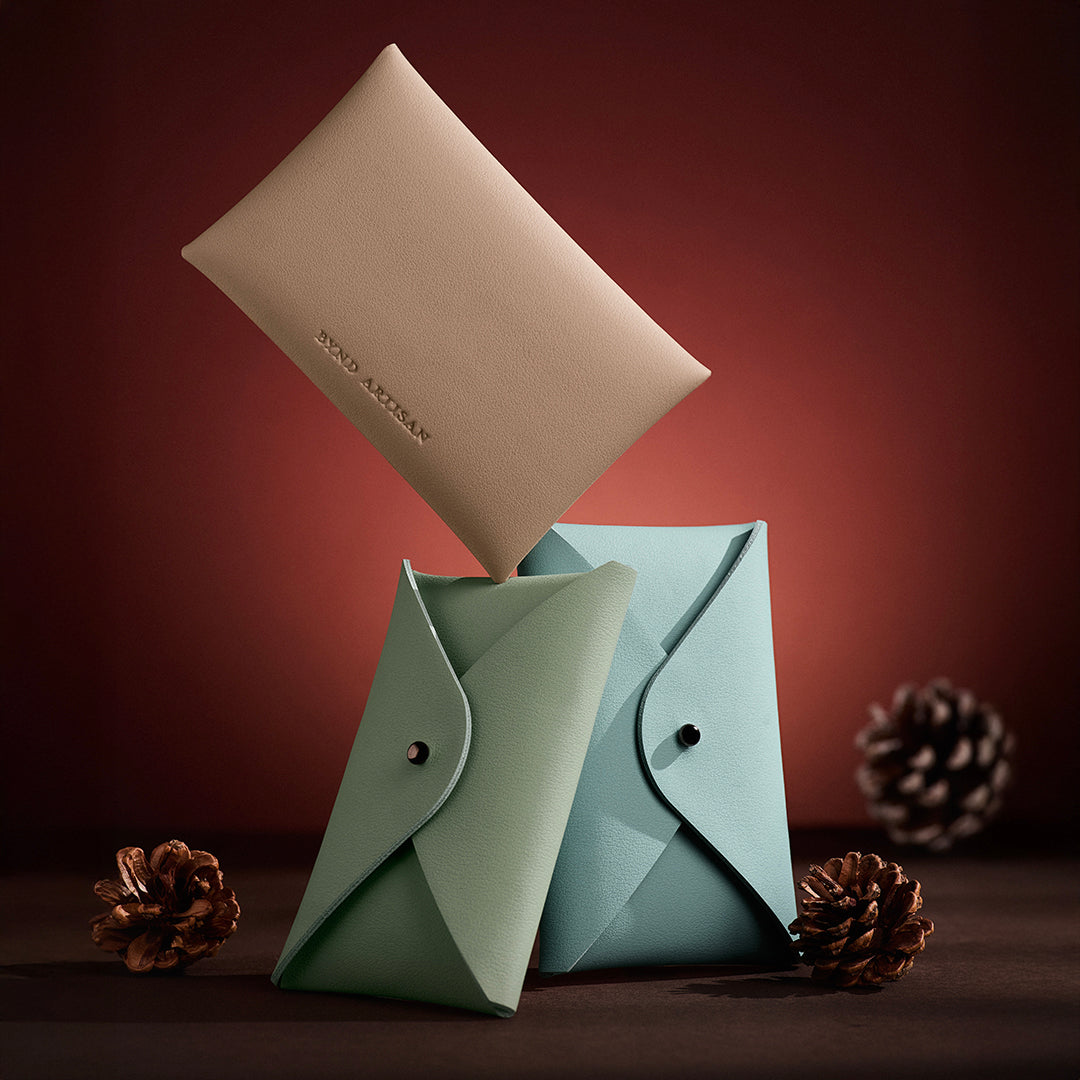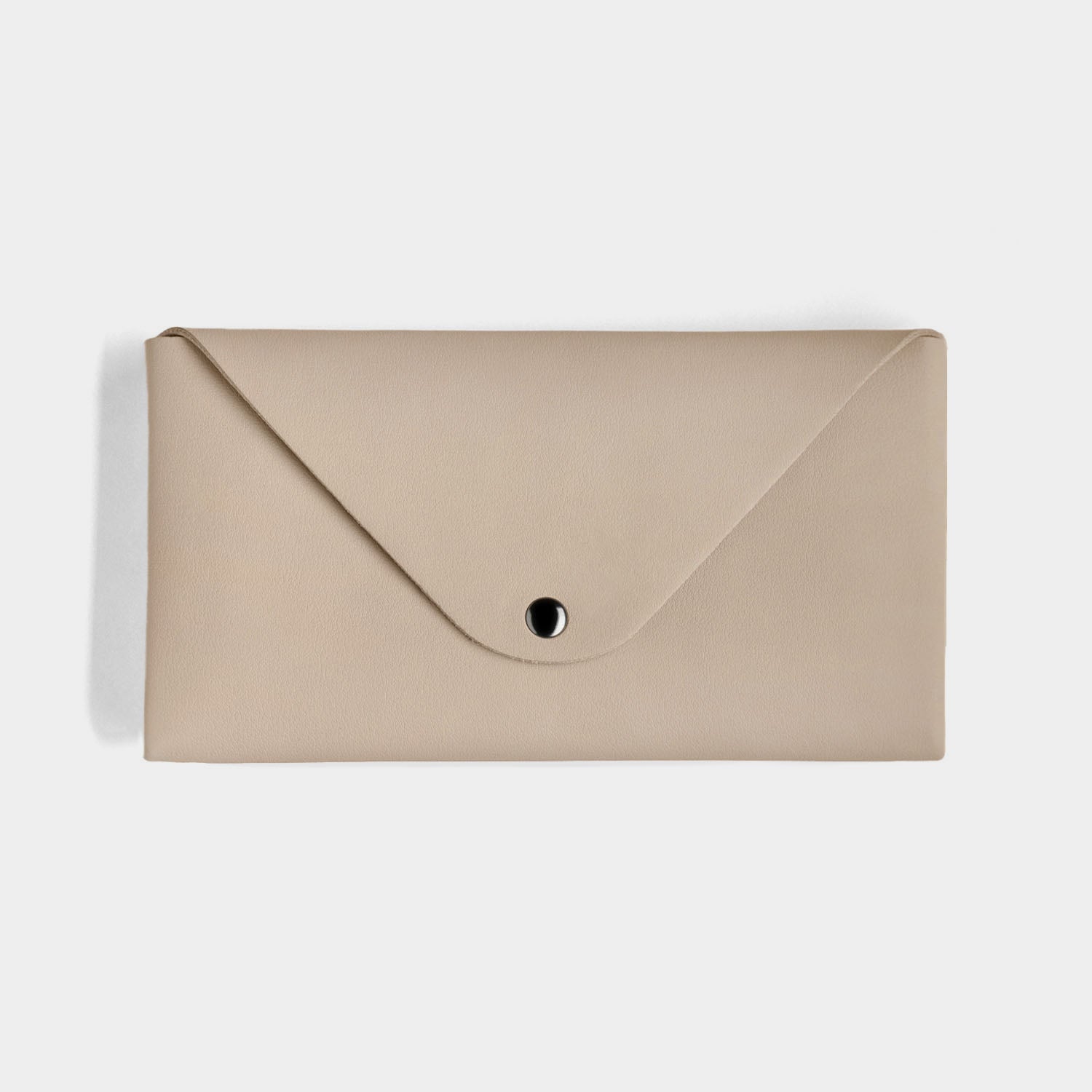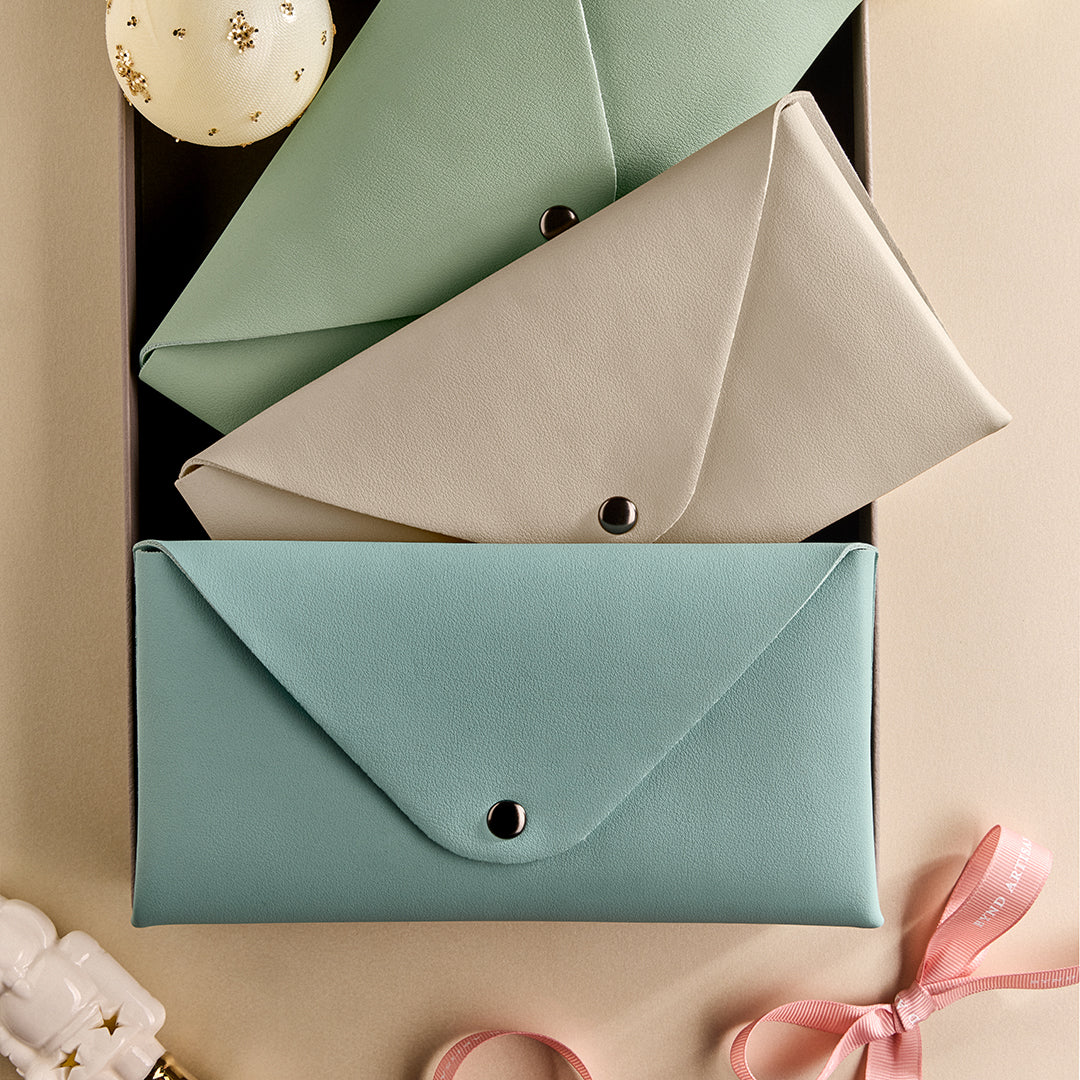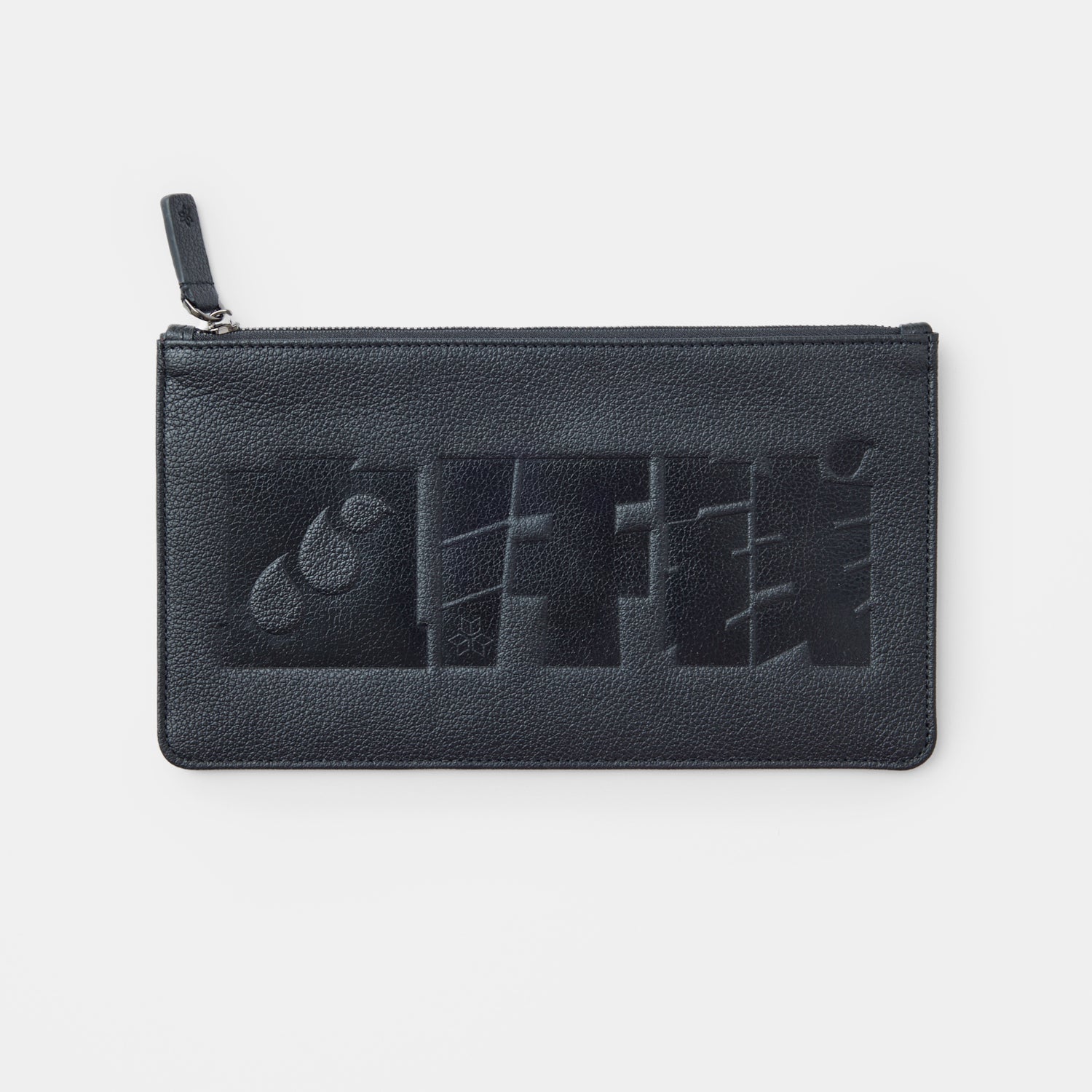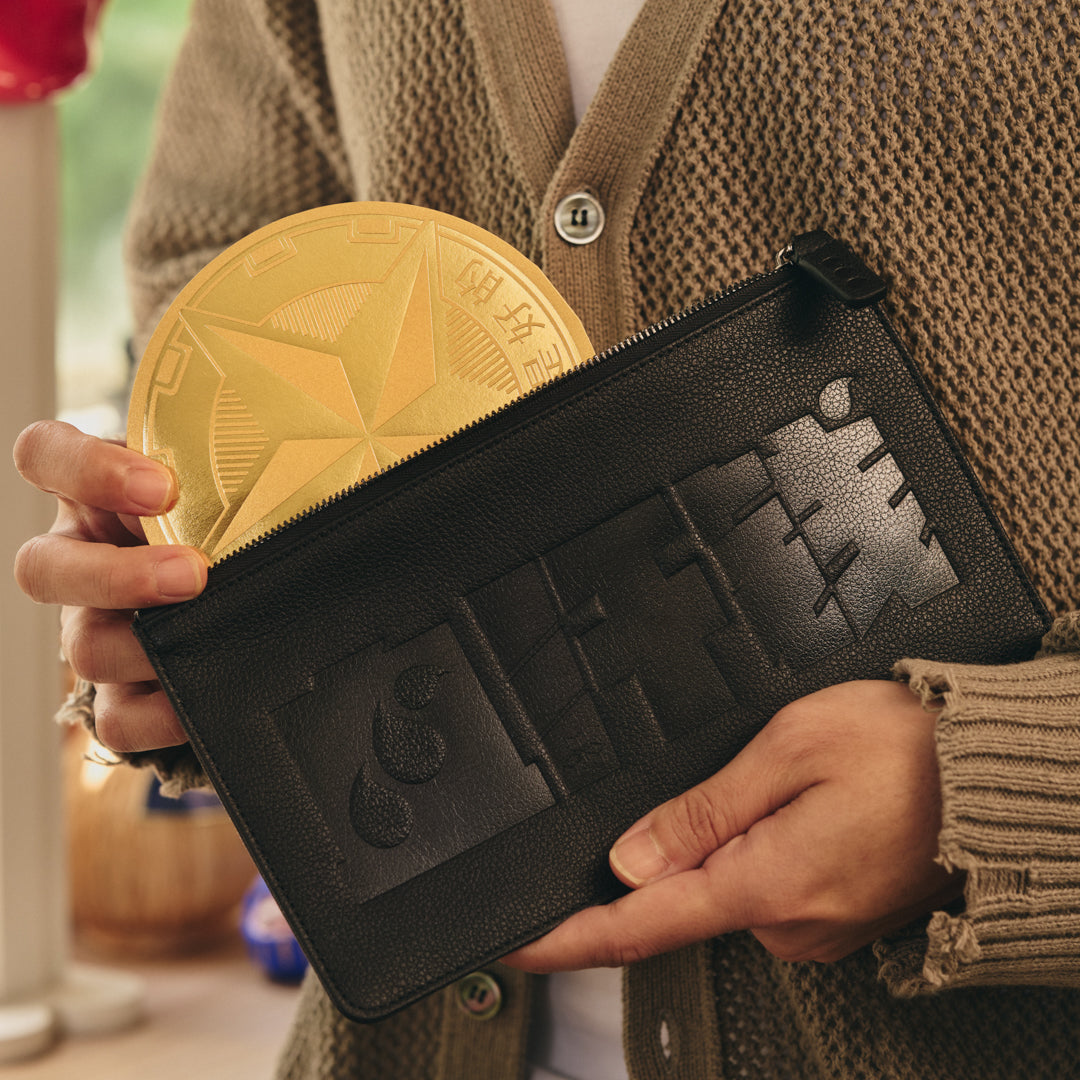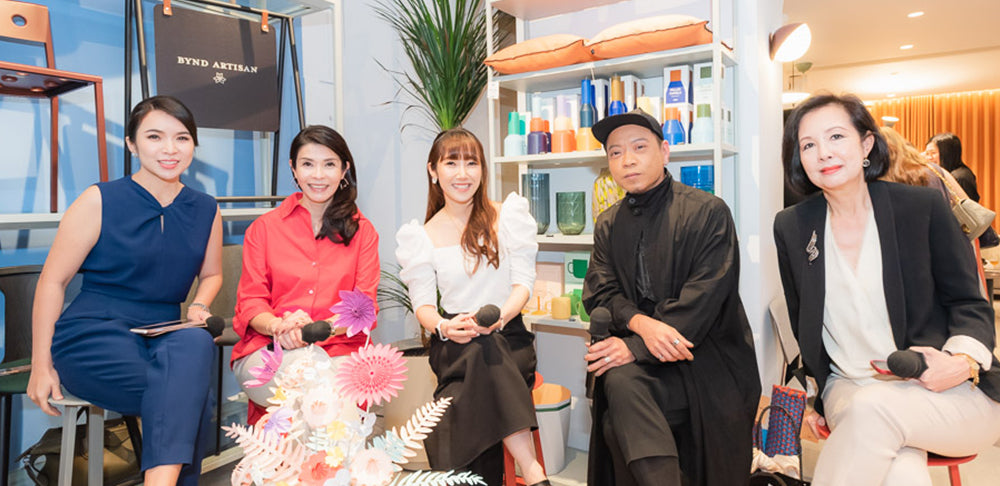Interview: Richard Munao
A conversation with the founder of Cult Design & nau

Richard Munao. Image by Lavender Chang
Awareness is critical, but clarity is crucial.”
Earlier last month, we had the pleasure of hosting our first live panel conversation at Cult Singapore — a charming space on 48 Club Street that houses some of the finest furniture brands from Australia and Denmark. So charmed we were by the experience and the stories we heard about the company’s journey, which began over two decades ago, that we couldn’t help but reach out to its founder Richard Munao for a chat to hear it all from the horse’s mouth.
We invite you now to take a short break from your day, recline into a comfy chair near you, and dig into this inspiring conversation. Here, Richard shares lessons and wisdom on business and life from his own experiences. These include the importance of looking ahead and staying curious, the courage to make scary decisions (and enjoying the sweet rewards when they pay off), that one person’s “crazy idea” could be another’s path to success, rituals that help him keep balance between the two loves of his life, the necessity of finding rest and stillness (“When I am there, I feel I am in another world, a world that makes everything possible.”). And, of course, what beauty is in the eye of Richard Munao.

Bynd Artisan's annual panel conversation at Cult Singapore. Image by Arron Teo
1. You founded Corporate Culture in 1997. You have said that in these 25 years, one thing about you that has not changed and greatly contributed to your success today is that you have not once been complacent. We’re quite curious, however, about the ways you believe you have changed and evolved both as a businessman and a person, and what important lessons these 25 years have taught you in business.
Richard Munao: Looking ahead and not behind has always been an important ingredient, plus taking measured risks to be different. Looking behind distorts your vision and at times, can make you question your direction. Awareness is critical, but clarity is crucial.
When I started Corporate Culture in 1997, we focused on loose furniture, not the big-ticket items like workstations and task chairs. Everyone thought this was a crazy idea, that we wouldn’t last. That was more fuel for me to want to prove them wrong.
During the first 12 years of our business, we sold many pieces for people's homes. The next evolution was to change our name to help grow our B-to-C business, which saw us shift from Corporate Culture to Cult in 2014. Then in 2016, we launched nau, our own in-house brand of furniture and lighting designed by a collective of Australian designers.

Cult Singapore. Image by Jovian Lim
2. Before you were a businessman, you discovered and honed your talents in cabinet making as a teenager, as well as a tennis and soccer player. What traits and skills did you take away from each of these endeavours that are still useful to this day?
RM: Well, let's start with my sporting days. I would say competitiveness, tenacity and playing as a team have certainly come from those days, and realising that everyone had a role to play to ensure we won the game. I think to run a company with longevity, it can't be a game of singles tennis; you need to be on the field with a team and pass the ball around to ensure everyone works together to reach new heights.
My cabinet-making experience gave me a love for the furniture and design industry, plus the ability to understand what quality and longevity look like.
3. In a creative business, or any business for that matter, the ability to be original — or different in a way that can still surprise and excite people — is increasingly rare. You said you started your business with the very question: “How can we be different?”. It’s a very different time now than 1997. How are you answering your question these days?
RM: I think the way to stay different in these times is to always be curious and listen to the market, but most importantly, to listen to the ideas of younger team members from all parts of the business. That will give you the “what’s next" and energy to conceptualise the next new thing.
Starting nau was an obvious move to me. A move that no other retailer had done, and look at the trajectory now with Australian design. It’s great and I am proud to see the industry step up and support this movement. It’s always a good feeling to be driving while everyone else is getting on board.

(From left) Richard Munao, Ron Sim and Ravi Shankar. Image by Lavender Chang
4. Is there a story or a special meaning for you behind the name “Cult”, which had caused you many a sleepless night before you reached a decision? Could you also tell us about the name “nau”?
RM: The story behind the Cult name came from distilling our former name, Corporate Culture. The name Corporate Culture clearly gave the consumer the idea that we sold corporate furniture, and over time we needed to change this to be more inclusive of the market segments we were servicing and wanted to grow within. The Corporate Culture brand was very well known in the market, in particular in the A+D community, so whatever we did with the change had to make sense here first as this is who really was attached to the brand. I remember thinking long and hard, and we used to always talk about our purpose to create a Cult following — this resonated with me. I was nervous about how the name would be perceived, and while there were a few sleepless nights, the change has been the best thing we have done. Re-branding to Cult has helped us achieve strong growth in both the retail and online market while continuing to grow our corporate market.
The name behind our in-house Australian design brand, nau, came from a naming exercise with our branding agency, Toko. I remember during the first meetings we talked about our goal to create a New Australian Design Movement with a brand that would be synonymous with Australian Design and translate internationally on a global scale. After a few meetings and many ideas, nau was born. It's an abbreviation for New Australian Design, and I think it's a great talking point for the story we have to tell about Australian design, craftsmanship and style.
5. Sometimes the scariest decisions we give ourselves the courage to make could turn out to be the best decisions we ever make. What is one such decision that comes to mind?
RM: There are quite a few, but I would say when you spend years creating a brand like Corporate Culture, and then knowing that to grow in the residential market, we had to drop what we had been building for 15 years, that took some courage, but I’m very happy we did that.
There is always trepidation opening new arms of the business, whether it’s e-commerce or a new showroom. Three years ago we launched our Australian e-store and it has been a learning curve translating our in-store offering to online consumers. We’re continually developing how we service our online customers and are proud to see strong growth year-on-year as a result.

Cult Singapore. Image by Jovian Lim
6. What made you decide to set up Cult’s first international store in Singapore?
RM: We have been active in the Singapore market for the last six years, focusing primarily on Australian Design. The idea is that overtime, Singapore will be our hub for the APAC region and allow us to push nau into other markets. When we first started, we only represented the nau brand in Singapore, and as time has gone on, we have been fortunate to add some of our international partners we work with in Australia, such as HAY, &Tradition, Gubi, Nemo and Please Wait to be Seated. With the addition of these lovely Danish and Italian brands, a showroom was necessary to be able to grow our retail footprint in the region.
7. Incidentally, Australia is Bynd Artisan’s first dedicated international webstore, which we launched last October. As you may know, ours is a business of artisanal leather and paper craft, a tradition we’re constantly modernising and re-innovating to make gifting a more personal and meaningful experience for our customers. We are also advocates of hero-ing Singapore’s homegrown talents. So, we wonder if you wouldn’t mind sharing a few tips on how we might do well to speak to the hearts of an Australian audience?
RM: I think a good start will be when we collaborate together and introduce what you do to the Australian market. I would imagine a craft night with the design community would be a great start to get you talked about. I also think showing what you do to the Australia design media would get you seen by the right audience.

Bynd Artisan’s Customised Notebook, "Getting To Happy with Bynd Artisan" Brooches, Uplifting Leather Tag
photographed at Cult Singapore. Image by Lavender Chang
8. We’re always inspired by the habits of successful people. Could you tell us what a typical day in the life of Richard Munao is like? And if there’s no such thing as a typical day for you, perhaps a ritual that prepares you and gets you in the right mindset for everyday?
RM: I would say there isn’t a typical day, but I have a few rituals. I try to exercise three to four days a week before work and always get an early start to ensure I can clear the emails from the day/night before heading to the office/showroom with a clear inbox. This allows me the time to be with the team, not behind my computer. I live three doors down from the showroom and my wife runs her own design practice from home; I like to have at least a coffee or lunch with her daily. This gives me the time to reflect and invest in the other very important part of my life. It hasn’t always been easy to get the balance right and it’s still difficult, but awareness is everything and allows you to take mindful action.
9. When you’re not working, what do you do to unwind, recharge and draw inspiration from places completely unrelated to work?
RM: I love to be by the sea, and a few years ago just before Covid after a long search we found our little beach shack. This is the place that takes me away from everything. When I am there, I feel I am in another world, a world that makes everything possible. We swim, go for walks and just look at the sea.

nau showcases Australian design, craftsmanship and style. Image by Claire Delmar & Anson Smart
10. Finally, how do you see and define “beauty”?
RM: That is a difficult one to explain. I love beautiful things; it can be a beautifully designed suitcase to a well-crafted chair. I think beauty is in the eye of the beholder, and for me it's simplicity and not trying to do too much. I love modern contemporary design when I look at furniture and interiors, but also love looking at older architecture — it helps define where things have come from.


